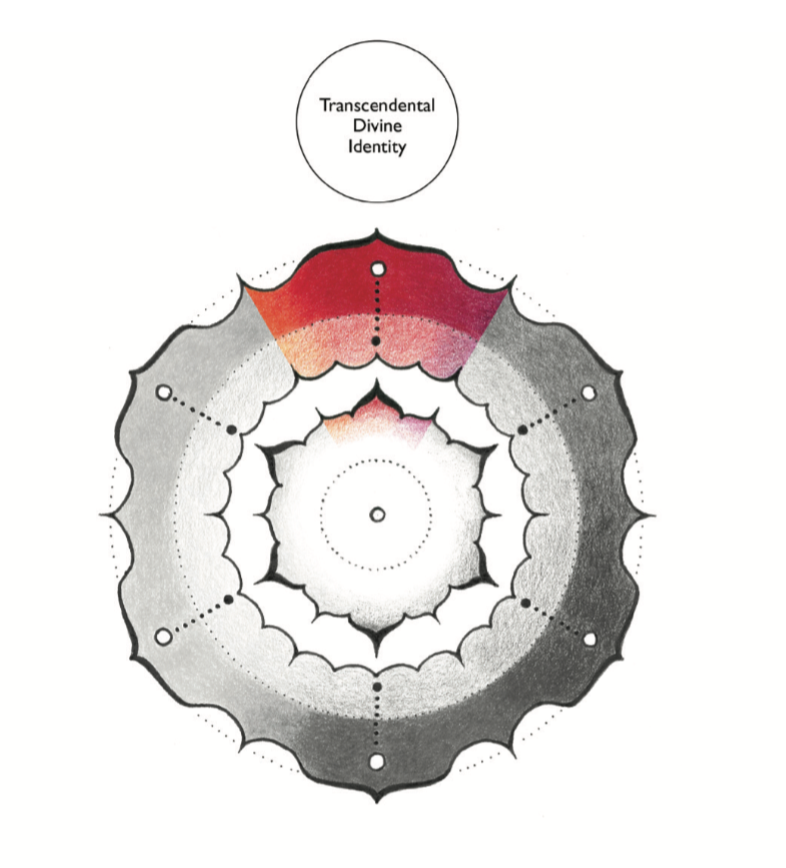
Once we know our nature as Red, unfolding further is about becoming used to simply being Awareness and noticing the mind that notices the mind.

For example, “I seem to have a point of view” is a great thing to notice. At such times, we simply notice what’s aware of this point of view. Also, just notice the thoughts that arrive that say, “Well, maybe I shouldn’t have a point of view” or “Is it enough that I have a point of view?” All those ideas are seen.
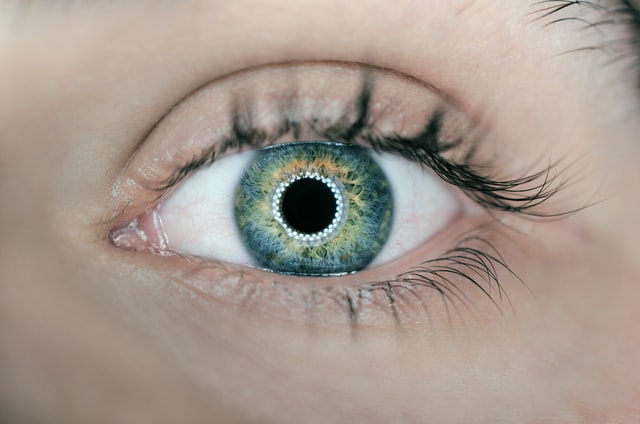
This is all just the mind being active, wondering about what it’s seeing, while Unconditioned Awareness, Itself, is simply that which is aware and doesn’t have any notion whatsoever about any of that. Any notion whatsoever is only another object of Awareness. Like a mirror and its reflection, the mirror is not concerned about reflections; they are whatever they are. There’s always something arising, a point of view or whatever, but what arises does not define that within which it is arising.
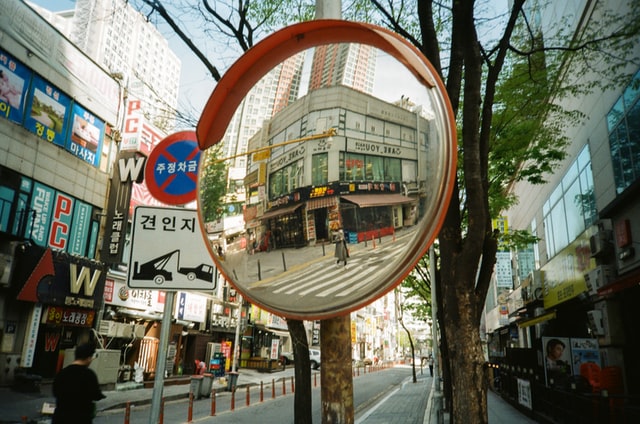
When we begin to do self-inquiry, we may think, “I (insert name) am doing self-inquiry, so I can find out about what ‘my consciousness’ is.” At first, that’s the only way we can proceed.

That is entirely understandable, and that’s how we have to start. At some point, for many of us, this is seen to be a thought construct. The “me” or “I” that we take ourselves to be is seen to be a story that we tell ourselves. It then flips around, and it becomes evident that Consciousness has “me” arising in it. “I” (insert name) don’t own a consciousness.

Consciousness simply is, and the notion of “I” as a person, as well as everything that is experienced, are arising within Consciousness Itself. That includes the idea of any “I” as a person and a point of view. The idea of getting it and losing it is seen to be just more “thought stuff” within Intrinsic Awareness.
Any experienced state is simply more content within Intrinsic Awareness, even the outshining of existence in Bhava Samadhi or the empty state of Nirvakalpa Samadhi. Those states can be valuable, but what is more important is what is sometimes called “Sahaj Samadhi,” the recognition that everything that’s arising is arising in Unbounded Awareness itself and that you, yourself, are that Unbounded Awareness.
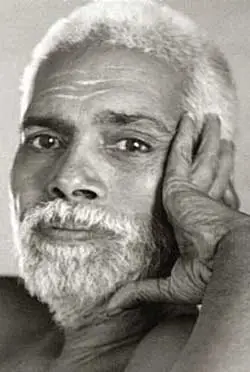
Sahaj Samadhi simply means “Natural Samadhi,” the natural state. Some Zen folks have called it “Ordinary Awareness” because it’s not an extraordinary state. Anything can arise within it — anger, pain, blissful pure lands, and heaven realms too — all the same. Sahaj Samadhi also includes the tacit sense that whatever appears is itself a form of Consciousness Itself. Everything is arising in Consciousness, and everything is also a manifestation of it, not separate from it, so in that sense, it’s all Consciousness. This is a key point.

Care must be taken here because we are on a razor’s edge, and this is a place where some of the languages of particular non-dual traditions have differed. Consciousness Itself is unchanging and unmoving, and yet there is a way in which the changing experience that appears within it is not something other than it.
You as the perceiver may experience a shift and change as an “awakening,” “seeing” or “realizing” of who you are. And yet, it’s useful to consider that unchanging Consciousness has no need to awaken to itself because it’s already self-aware.
What awakens to Consciousness is the body/mind. When we distinguish between Consciousness and objects, this is what we recognize. And yet this will remain a subtle form of duality if we stop there and don’t go beyond the appearance of separation.
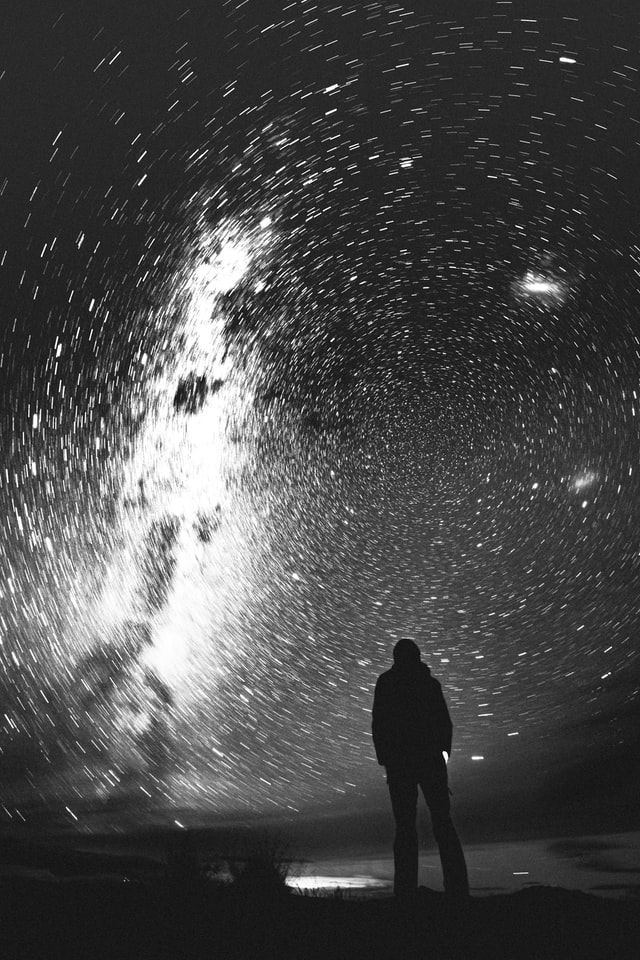
This is a paradox because the truth of non-duality is that there is ultimately no multiplicity. All duality is a mere appearance, and in that sense, an illusion. And yet it appears. Depending upon how you define “reality,” it is either real or unreal, but in any case, the situation is more than it appears to be.
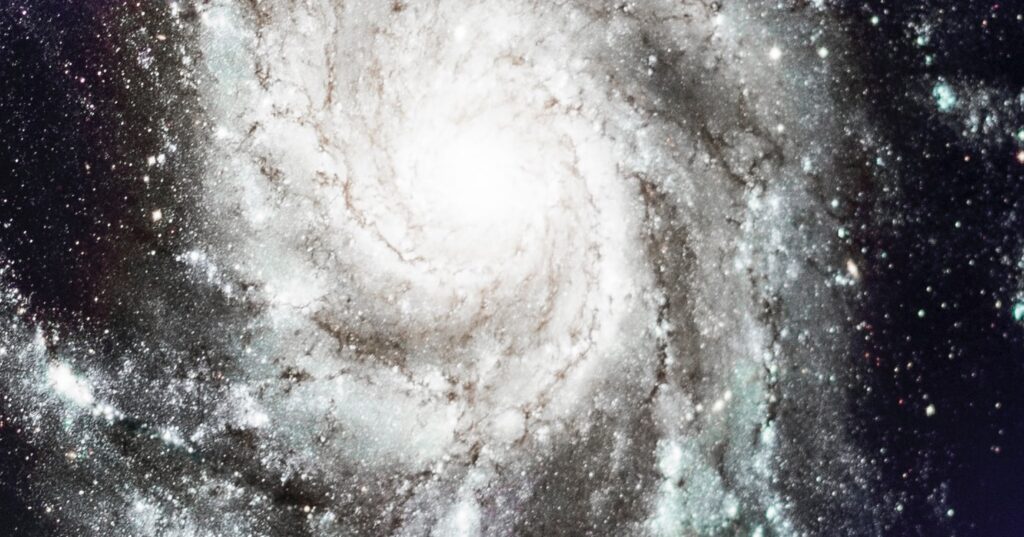
Just as the appearance of objects on a video screen can appear to be an entire world of separate objects, but is actually the activity of the unmoving singular screen, so it is that all things are an appearance in Consciousness. This is the realization of non-duality regardless of what drama is on the screen of Consciousness, even if it is the drama of awakening. On the screen, if there is a dance of separateness and union, at the point of “union” the images can be seen as the dance of the screen, and in that sense, there is only screen. Words are merely pointers here and if we cling to them, we appear to stumble. With this, we make distinctions for the sake of clarity, and then they fall away.
(From The Tapestry of Being, Chapter 2 : You Are Freedom Itself)
